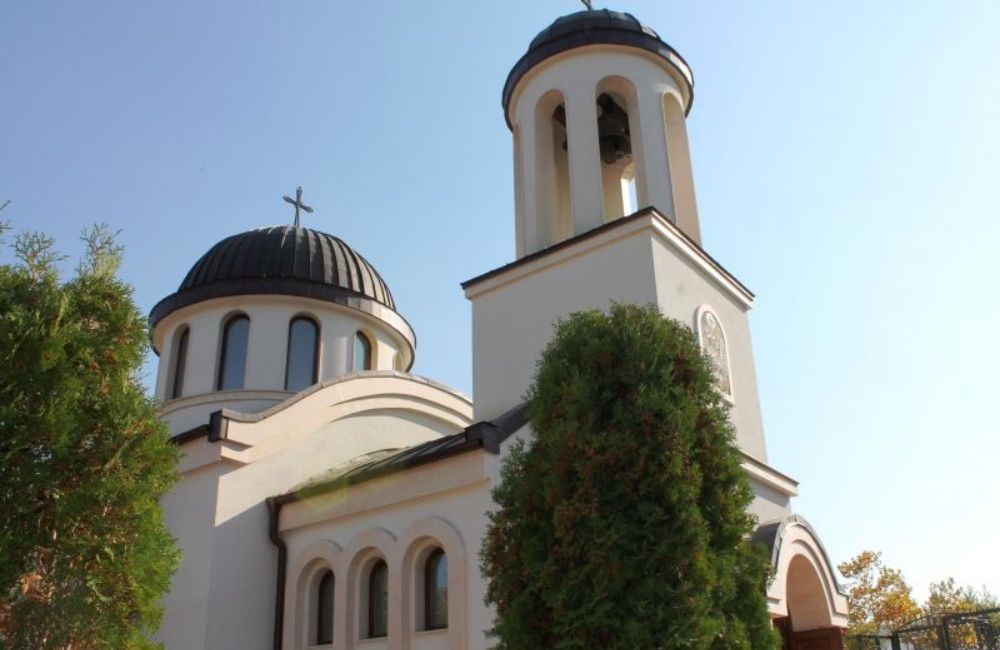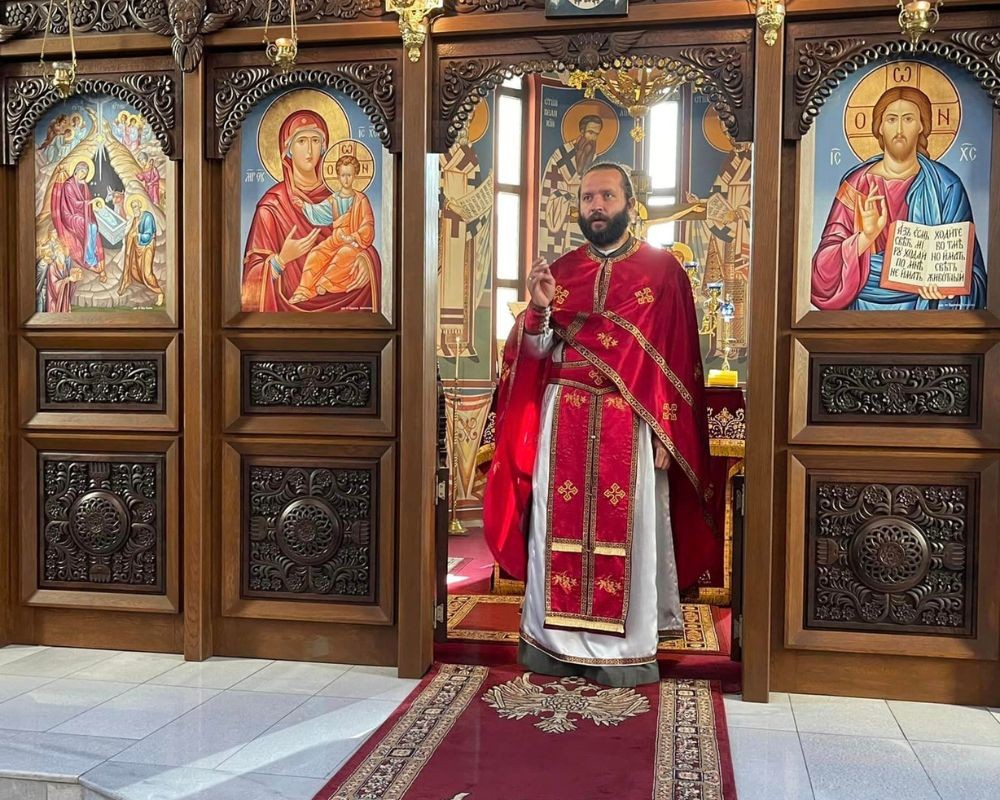St. Demetrius of Thessalonica is one of the most revered saints in Bulgaria. There are many churches in this country, built in honor of the saint who died a martyr's death in the 4th century, because of his refusal to persecute and punish the Christian believers. During the Second Bulgarian State (1185-1396), the Bulgarians perceived Saint Demetrius as the heavenly protector of the capital city of Tarnovo.
According to historical records, in 1185 an icon of St. Demetrius was miraculously received in Tarnovo. The icon was from a basilica that was looted during the Norman invasion in Thessaloniki where the relics of the saint were kept. The icon was a sign for the Bulgarian rulers that the saint will protect the recently restored Bulgarian state. In honor of the saint, a magnificent church at the foot of the Trapezitsa fortress was built. Until the third decade of the 13th century, the church remained the leading church in the state, where Archbishop Basil I became the head of the restored independent Bulgarian church (after Byzantine rule). All Bulgarian rulers in the period 1186 to 1241 received the signs of their royal dignity in the church of St. Demetrius.
The tradition of building churches in the name of St. Demetrius is preserved to this day, further strengthening the idea of the saint as a protector of Bulgaria. The beautiful white church of St. Demetrius in the Pancharevo district of Sofia also shows this. The local residents did not have their own church for many years, but even before Bulgaria became a free state, large-scale construction of a church began in the then village of Pancharevo, situated near Sofia. The construction of the church was finally completed in 1882 and on St. Demetrius Day (October 26), it was solemnly consecrated. This year marks the 140th anniversary of the church and to this day it is the only Orthodox church in the settlement in the outskirts of Sofia. The church is located in the historical center of Pancharevo and has the status of a cultural monument of local importance.

"The church was built with the efforts of the entire community of Pancharevo as a collective image of the dream of a free and united Bulgaria," Archpriest Krastin Apostolov says. In the 17th-19th centuries, at the end of the Ottoman Empire, Pancharevo was an extremely diverse place, inhabited by refugees from Macedonia and Thrace, as well as Circassians. The settlers also gave the name of the settlement, which comes from the old Bulgarian word "panitsa”, meaning a bowl and the Turkish word “çare”, meaning "resort", because of the healing mineral water springs in the area, which have been known since antiquity.
"Many of the Bulgarians who fled from Macedonia were connected to Thessaloniki as the center of the geographical region of Macedonia, so naturally the name of St. Demetrius was chosen. In a way, this church is a harbinger of a free Bulgaria and not only because of its beautiful appearance, but also because it became a gathering center for the people who would start building modern Bulgaria. It is known that one of the first hydroelectric power plants, not only in this country, but in the Balkan Peninsula as a whole, was built here. This happened a few decades after the church was built, but the people who constructed the power plant came from France and Italy and some of them settled in the small village of Pancharevo. In the beginning of the 20th century the population rapidly increased and the church became the gathering place for all new and old residents."

"Today, the situation in Pancharevo is not much different than it was 140 years ago, when the temple was built," Archpriest Krastin Apostolov adds.
"The construction of a temple happened in a multicultural environment. Therefore, I personally feel responsible to continue the work of those people who managed to build such a majestic and iconic temple before the Liberation and within the framework of the Ottoman Empire - a true symbol of a new and free Bulgaria."
English: Al. Markov
Photos: Facebook /St. Dimitar church, Nativity of Christ Church, Mladost, bg-patriarshia.bgThe founder of Romanian photography, the artist Carol Popp de Szathmari was a contemporary of the Bulgarian National Revival period. He had the opportunity to take photographs of and leave as documentary images famous personalities and events from the..
Monuments keep alive the memory of important events of the past. Most of them tell of human sacrifices, of the land drenched in the blood of heroes who defended the homeland. Chroniclers collect these historical fragments and place them in the broader..
An exhibition of priceless artefacts from Bulgaria's history will be on show at the Etar open-air ethnographic museum near Gabrovo from March 1 to 5 . Visitors will find the exposition in the largest building of the ethnographic complex, which is..
For the Orthodox Church, the 29th of April marks the beginning of Holy Week - a profound period dedicated to the contemplation of the life of the Saviour..

+359 2 9336 661
